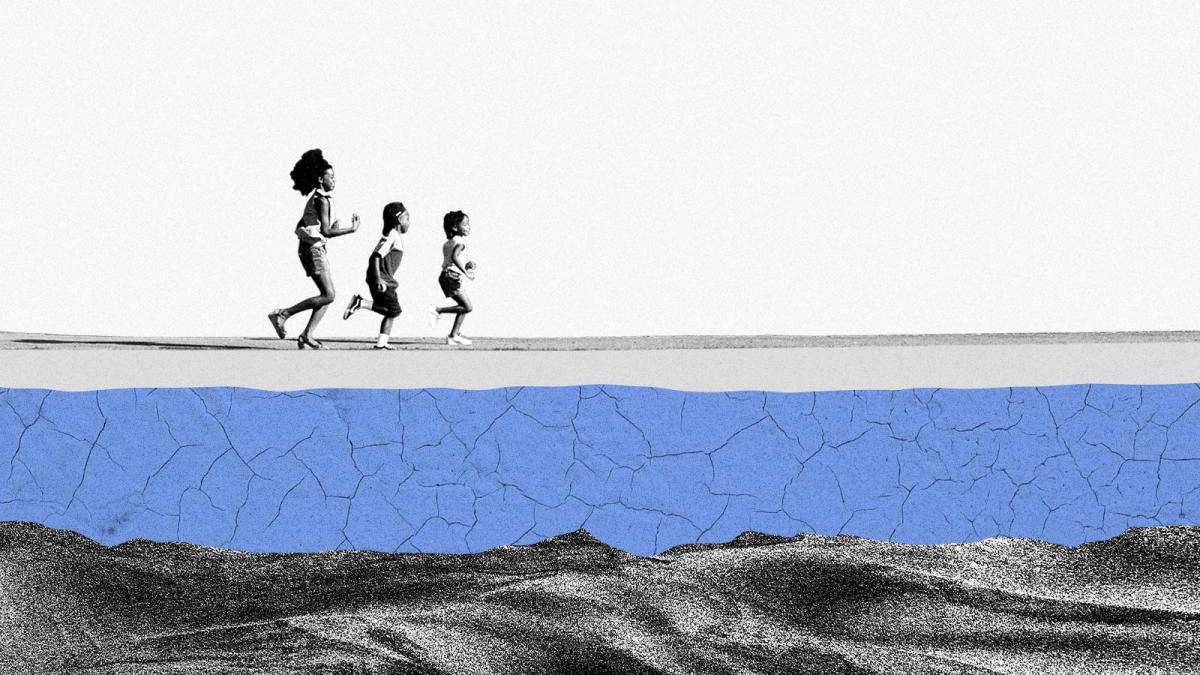Beneath our feet there is an invisible ocean. Within the cracks of rock slabs, sand, and soil, this water sinks, swells, and flows — sometimes just a few feet under the surface, sometimes 30,000 feet below. This system of groundwater provides a vital supply for drinking water and irrigation, and feeds into rivers, lakes, and wetlands. Across the globe, it contains 100 times as much fresh water than all of the world’s rivers and lakes combined.
As Earth warms, groundwater — long seen as an immutable resource — is in flux. Most often, climate change is associated with a decrease in groundwater, fueled by worsening drought and evaporative demand. But in some areas, this water is actually creeping higher, thanks to rising sea levels and more intense rainfall, bringing a surge of problems for which few communities are prepared.
Places in the United States where the water table is inching higher — along the coasts, yes, but also inland, in parts of the Midwest — are already beginning to experience problems with infrastructure. Cracks in aging and poorly mai... Read more




